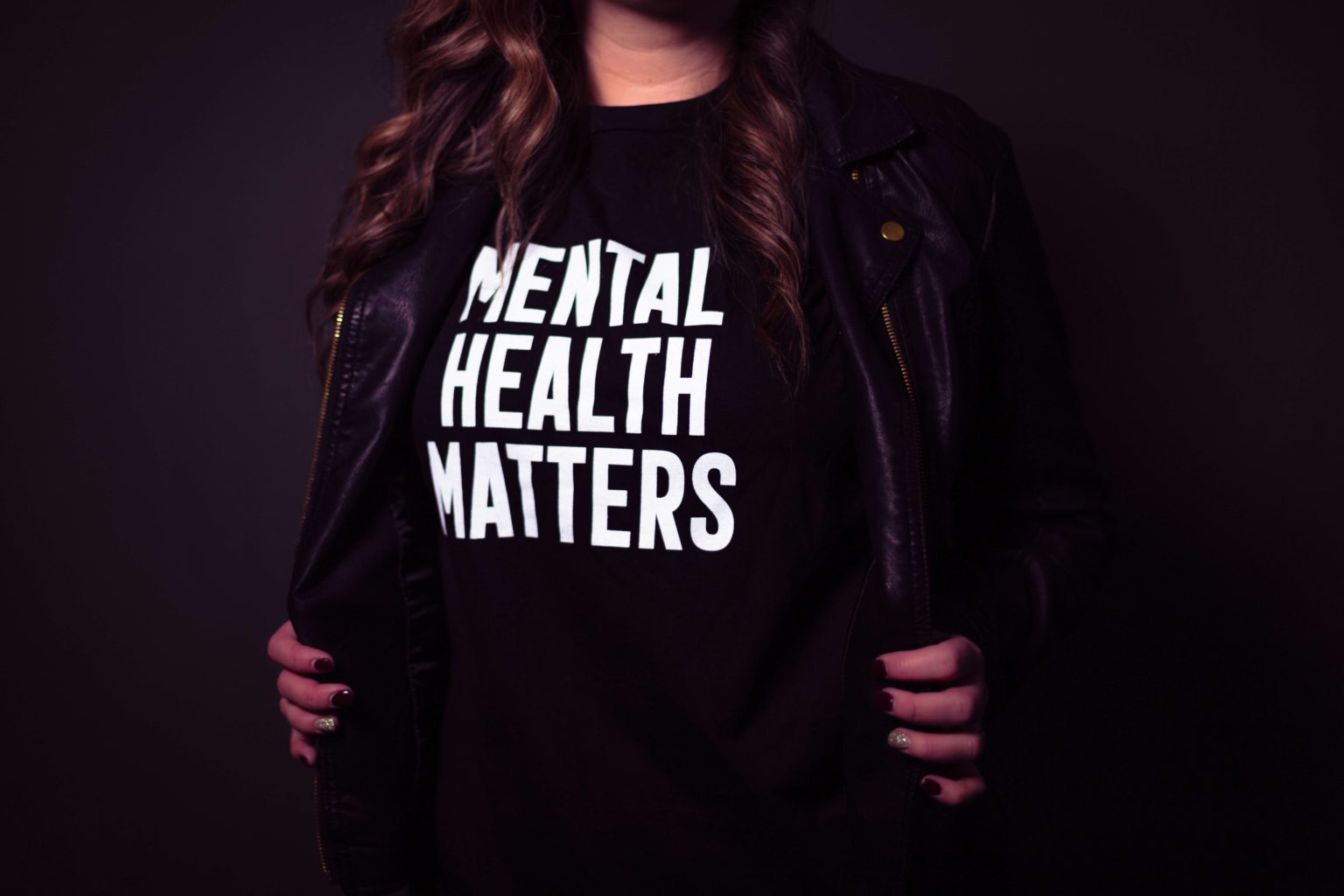“There is a pain — so utter —
It swallows substance up —
Then covers the Abyss with Trance —
So Memory can step
Around — across — upon it —
As one within a Swoon —
Goes safely — where an open eye —
Would drop Him — Bone by Bone –“
Exposure to actual or threatened death, serious injury, or sexual violence in one (or more) of the following ways:
1. Directly experiencing the traumatic event(s).
2. Witnessing, in person, the event(s) as it occurred to others.
3. Learning that the traumatic event(s) occurred to a close family member or close friend.
4. Experiencing repeated or extreme exposure to aversive details of the traumatic events.

In addition to this, a well-known phenomenon amongst first responders and mental health providers is vicarious traumatization: repeated exposure to traumatic scenes or traumatic recollections can also trigger PTSD (Post-Traumatic Stress Disorder)-like symptoms.
PTSD:
The lifetime prevalence of PTSD is estimated to be between 6-8% of the adult population. The prevalence is almost 10% for women who three times more likely than men to develop the illness. It is estimated that up to 70% of American adults have experienced a traumatic event at least once in their lifetime and about 20% went on to develop PTSD.
- Recollection: Recurrent thoughts and/or mental images of the precipitating traumatic event, the event, traumatic nightmares, dissociative reactions, prolonged psychological distress.
- Hyperarousal: Hypervigilance (constantly scanning the environment for threats, “watching your back” every time you leave the house), insomnia, irritability, anger, and the use of alcohol and other drugs to calm down.
- Avoidance: Initially avoiding people, places, conversations, or movies/shows that remind one of the trauma. This may eventually lead to being reclusive and avoiding all social interaction.
- Mood “affective” disturbance: Fatalistic or extremely pessimistic thoughts, especially about the future, blaming others for one’s problems, feeling disconnected from others/ alienated, and diminished interest in daily routine and hobbies.

Trauma and post-traumatic stress disorder (PTSD) are severe mental health disorders, PTSD symptoms cannot be neglected, and its treatment is only assessable if diagnosed on time. Experts have devised several treatment options as PTSD therapy, but proper consultation and self-recognition play a significant role in getting over terrible situations. Our platform design a team of therapists that provide treatment and a set of practical strategies to cope with such mental conditions.

Khwaja Tariq, MD
Dr. Khwaja Tariq, MD is a board certified psychiatrist in Friendswood, Texas. He is affiliated with Texas Behavioral Health.



